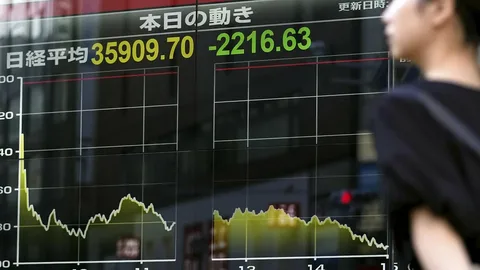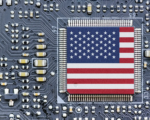U.S. stocks ended sharply higher on Tuesday, with investors returning to the market after a dramatic sell-off. Recent comments by Federal Reserve officials eased worries about a U.S. recession. All major S&P 500 sectors saw significant gains. Federal Reserve policymakers dismissed the notion that weaker-than-expected July jobs data indicated an impending recession. However, they cautioned that the Fed might need to cut interest rates to avoid such an outcome. Nvidia (NVDA.O) was the biggest contributor to the gains in the S&P 500 and Nasdaq.
“The market had just gotten top heavy, but it did reprice a decent amount, particularly the Nasdaq, and people are coming back to the idea that with lower rates, it should provide support for stocks,” said Rick Meckler, partner at Cherry Lane Investments in New Vernon, New Jersey. According to preliminary data, the S&P 500 (.SPX) gained 51.66 points, or 1.00%, to end at 5,237.99 points, while the Nasdaq Composite (.IXIC) gained 166.77 points, or 1.03%, to 16,366.86. The Dow Jones Industrial Average (.DJI) rose 284.86 points, or 0.74%, to 38,988.13.

Traders are now pricing in a 75% chance that the Fed will cut rates by 50 basis points at its next policy meeting in September, and a 25% chance of a 25 basis point reduction, according to the CME Group’s FedWatch Tool. Stocks had sold off after weak economic data raised concerns about a U.S. recession. These concerns were exacerbated as investors unwound yen-funded trades, which had been used to finance stock acquisitions for years, following a surprise Bank of Japan rate hike last week.
The next major Fed event is Chair Jerome Powell’s speech at Jackson Hole on August 22-24. Uber (UBER.N) shares rose sharply after the ride-sharing and food delivery provider exceeded Wall Street estimates for second-quarter revenue and core profit, driven by steady demand for its services. Caterpillar (CAT.N) also gained after surpassing analysts’ estimates for second-quarter profit, as higher prices on its larger excavators and other equipment offset moderating demand in North America.


















